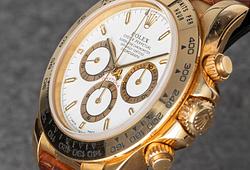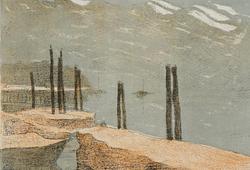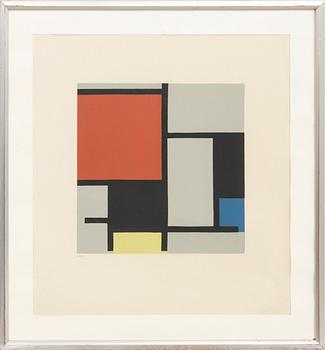Piet Mondrian (1872-1944)
Pier Mondrian was a Dutch painter and art theorist. He is considered one of the most significant artists of the 20th century and a pioneer in abstract art.
Mondrian was born in 1872 and began studying art at Amsterdam's Rijksakademie van Beeldende Kunsten in his twenties. In his early works, he frequently portrayed landscapes using the techniques of impressionism, but later, he shifted from figurative art toward a more abstract style. In 1911, Mondrian moved to Paris and was inspired by the cubism movement led by Pablo Picasso and Georges Braque. Over time, Mondrian's work began to crystallize into what came to characterize his most famous works: simple, geometric elements, using only the primary colours of red, blue and yellow. Shapes, colours and lines had their own absolute, independent values and relationships - a style that Mondrian called Neoplasticism.
During World War II, Mondrian moved to New York, where he continued creating abstract compositions often influenced by the rhythm of the city and the pulse of jazz music. Until he died in 1944, Piet Mondrian remained highly productive, and his art is today represented in several of the world's major museums.




































